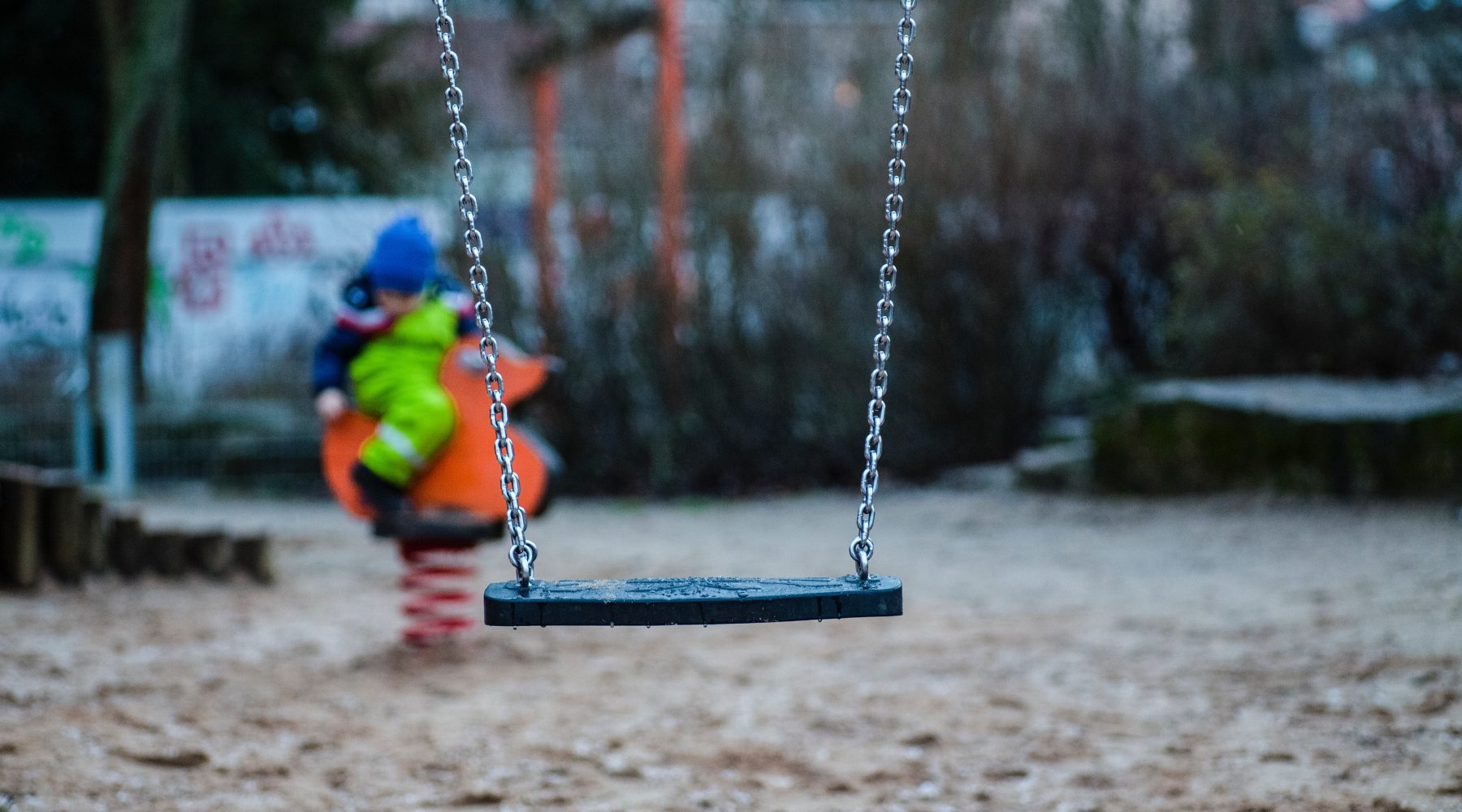G8 Education results highlight progress in key operating metrics

G8 Education Ltd has reported a solid operating performance across its 475-strong Australian centre network with occupancy rising for the first time since 2015 and other key metrics focussed on wage efficiency, centre manager turnover, safety and quality also turning in strong performances.
Commenting on G8’s 2019 full year results release, CEO Gary Carroll noted that “the Group’s 2019 full year results reflect solid progress on operational objectives and validation of our growth strategy amid challenging market conditions”.
Specifically, like-for-like occupancy increased 1.1 per cent in 2019; wages as a percentage of revenue fell by 0.4 per cent to 54.9 per cent; centre manager turnover continued to fall from 18.0 per cent to a new record low of 15.8 per cent; lost time injury frequency rate (LTIFR), the groups preferred team safety measure, fell by 50 per cent to a new record; with child safety metrics also recording new lows.
In addition, the Group’s overall quality profile improved again to 81 per cent of centres now rated ‘meeting’ or “exceeding” the National Quality Standard.
“Pleasingly, the Group’s investment in quality and capability contributed to strong like-for-like occupancy growth which flowed through to solid EBIT growth,” said Mr Carroll.
Centre EBIT ticks higher, Group EBIT ticks lower as loss of licence fee benefit bites
Overall centre-based earnings before interest and tax (EBIT) rose 2 per cent to $170.8 million with the organic portfolio contributing $165.7 million, and acquisitions made in 2017, 2018 and 2019 contributing a net $5.1 million.
Group EBIT however came in lower than 2018 due largely to increased investment in the support office function and the loss of license fee revenues of around $4m received in 2018 but not in 2019.
Excluding the benefit of the licence fee received in 2018, Group EBIT in 2019 would have been the same as 2018 at around $136.3 million.
Support office costs now represent 4.3 per cent of revenue, up from 3.8 per cent last year, an increase of $4.8 million that has been attributed to investment in building capability in the safety, education and people and culture functions as well as increased spend on future proofing the organisation through technology platform upgrades.
2017 and 2018 greenfield centre performance bodes well as pipeline completes in 2020
The performance of the 22 new centres opened in 2017 and 2018 showed good results with the 2017 cohort having reached occupancy targets and the 2018 cohort on track to meet occupancy targets.
The 12 centres opened in 2019 are still at an early stage of growth and the company notes that it is too early to conclude on occupancy momentum versus expectations at this juncture. Three of the 12 centres are large and in challenging locations.
Looking ahead to 2020, a further 10 sites are expected to be delivered which will mark the end of the greenfield pipeline and the delivery of 44 centres at a total cost of $155 million.
Mr Carroll noted on the conference call that the group continues to consider both select brownfield and greenfield opportunities going forward.
G8 network less impacted by supply increases as centre disposals help
Over the course of 2019, national growth in new centres across Australia has been around 4.2 per cent but growth in the number of new centres within 2 km of a G8 centre increased by only 1.0 per cent, a significant reduction on previous years and a positive tailwind to operational performance.
Commenting on this trend, Mr Carroll said “While G8’s network has been impacted by supply in recent years, the rate of growth in supply impacting G8 centres has reduced significantly.”
In addition, the sale of 25 centres in Western Australia announced in November 2019 and completed in December, as well as the closure of a further 16 centres whose leases were not renewed has strengthened the underlying quality of the portfolio.
That being said the Group has continued to invest in a number of initiatives focussed on turning around centres not performing to expectation, and accelerating the performance of those that are.
Cash conversion strong, capex steady and balance sheet secure as G8 enters 2020
The Group reported overall cash flows higher than 2018 with cash conversion up to 107 per cent, a full 10 percentage points higher than the previous year as G8’s continuing focus on working capital management yields tangible benefits.
From a capital expenditure perspective, the Group has committed to spend $40 million in 2020, a level broadly consistent with 2019 with the spend split evenly between centre turnaround related capex and IT based and project related capex.
Overall indebtedness as at 31 December 2019 was $347.1 million, up from $305.4 million in 2018 with the Group forecasting peak indebtedness to occur in Q2 2020 at which point total cash and facilities will be $100 million.
As the current growth phase starts to wind down with the completion of the greenfield pipeline it is anticipated that gearing ratios and interest cover metrics will start to trend lower.
“Strong cash flow generation and disciplined capital management remain core strengths of the Group,” Mr Carroll said. “The strong balance sheet, with prudent gearing levels, provides flexibility and capacity for the Group to deliver on its growth opportunity and the first choice for families in every neighbourhood.”
To read this year’s results please click here and to read the presentation please click here.
Popular

Policy
Practice
Provider
Quality
NSW Government launches sweeping reforms to improve safety and transparency in early learning
2025-06-30 10:02:40
by Fiona Alston

Provider
Takeovers panel declines Mayfield Childcare application, refers matter to ASIC
2025-06-30 10:30:15
by Fiona Alston

Economics
Policy
Provider
Workforce
Prime Minister Albanese backs Tasmanian Labor’s childcare plan, highlights national early learning progress
2025-06-30 10:42:02
by Fiona Alston













